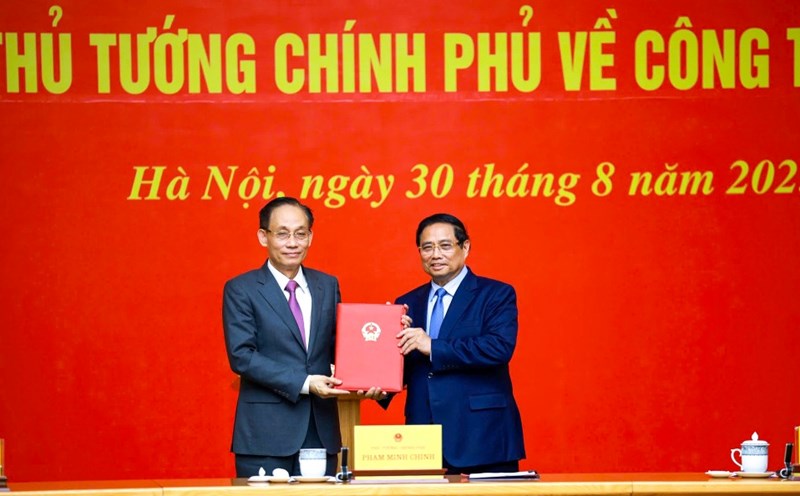In the process of giving comments on the Draft Circular guiding credit institutions and foreign bank branches to lend in the agricultural and rural sectors, the issue of "maintaining the debt group" has become a notable topic of debate.
According to Clause 1, Article 3 of the draft, "credit institutions shall consider deciding to restructure the repayment period for principal and interest balances and maintain the debt group for debts with principal and interest balances that are restructured for repayment terms as the debt group classified according to current regulations at the most recent time before restructuring the repayment period according to this Circular".
TPBank and the Vietnam Banking Association proposed to amend in the direction of: credit institutions consider deciding to restructure the repayment period for principal and/or interest balances and keep the debt group unchanged for debts with restructured principal and/or interest balances.... The reason, according to these units, is to comply with the provisions of Circular 39/2016/TT-NHNN, which allows restructuring both principal and/or interest.
In addition, credit institutions are also wondering about the concept of "the nearest time before restructuring the repayment period". Some opinions ask: if a credit institution classifies the debt group itself and then adjusts it according to the data provided by CIC, when will it be based on keeping the debt group the same?
Explaining this issue, the SBV emphasized: The closest time before restructuring the repayment period is the closest time before restructuring the repayment period. The debt group as prescribed in Circular 02 is the debt group that has been adjusted according to CIC information at the most recent time before restructuring the debt repayment period ( case 1 has been adjusted according to the most recent CIC information)".
Meanwhile, PGBank questioned how to determine the "residue principal balance arising" in the regulation. This bank proposed to clarify whether it was the repayment obligation during the force majeure event or the entire principal balance.
The SBV responded that: "The principal balance of customer's debt arose before or during the period of objective and force majeure reasons. For example, customers were disbursed 02 times; each time 100 million VND on August 31 and September 30. The period of objective causes is from 05.910.9; so the outstanding principal arising according to the provisions of this Clause is 100 million VND".
Another controversial point is the deadline allowed to keep the debt group unchanged.
TPBank and the Banking Association proposed to amend the regulation to "expiry within 10 days" to comply with Circular 31/2024/TT-NHNN. However, the SBV did not accept it, with the reason: "Point b, Clause 1, Article 3 of the Draft Circular and Article 10 of Circular 31/2024/TT-NHNN do not have any difference... in case of determining the overdue period from the effective date, it is all 10 days; in case of determining the overdue date, it is all less than 10 days".
Notably, Vietcombank requested the SBV to add specific instructions on how to understand "a specific objective cause of force majeure".
However, the SBV believes that the regulation is clear enough: "The specific objective and force majeure causes will be determined by the TCTD and customers at each time... for example, in May and August, banks and customers determine 02 specific causes, then count them as 02 different causes".
Thus, the opinions discussed surrounding the interpretation and application of the regulation on keeping the debt group have been partially explained and accepted by the SBV. However, many important regulations are still maintained to ensure a unified legal basis for credit institutions when implementing in practice.











